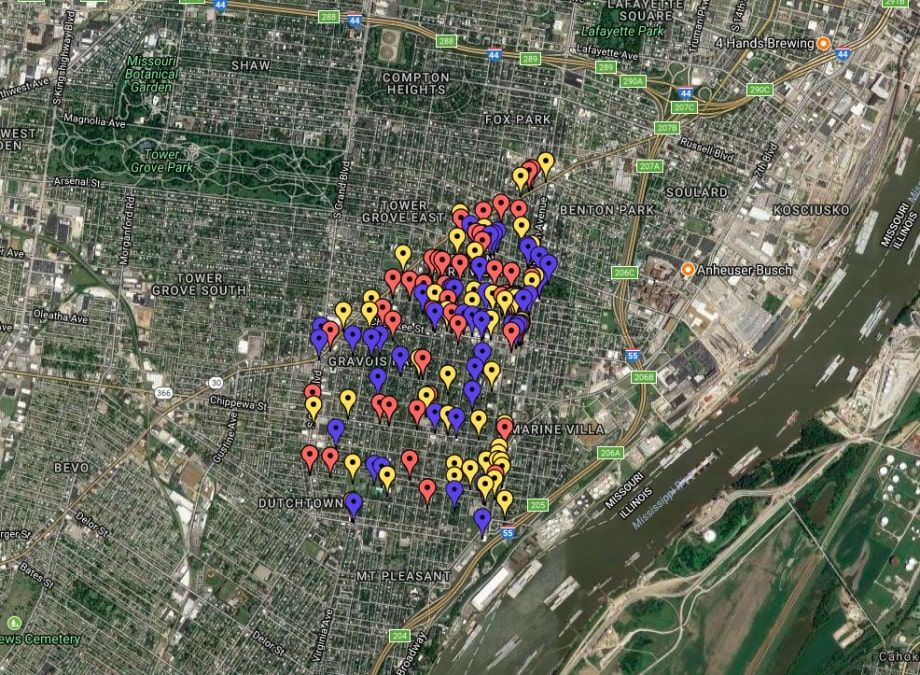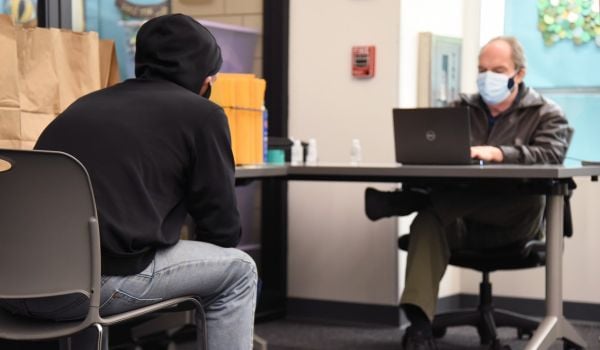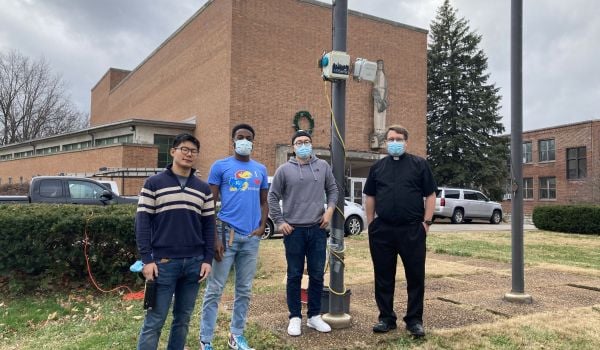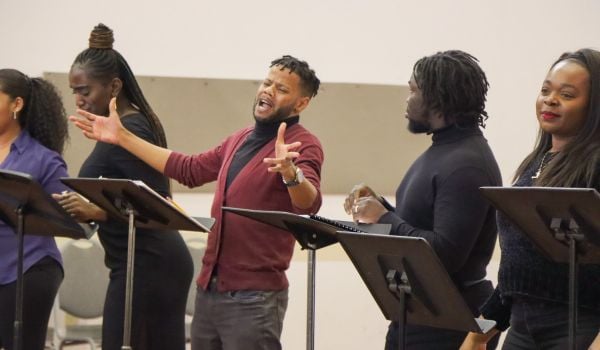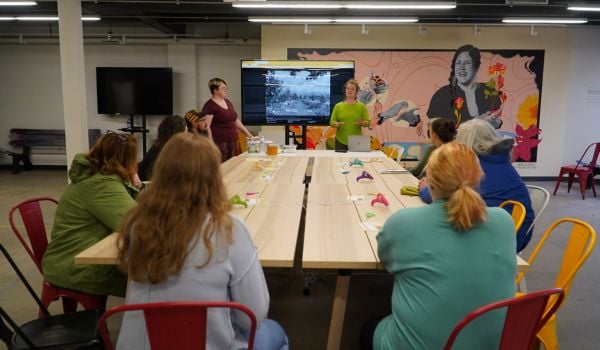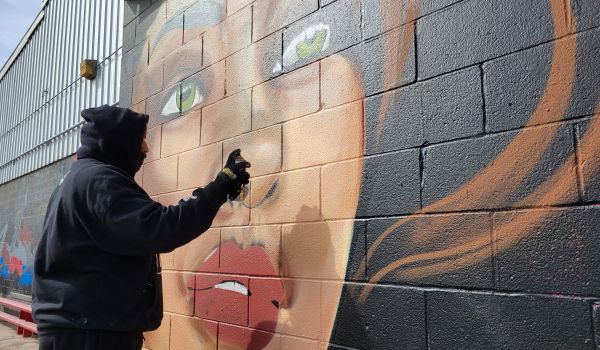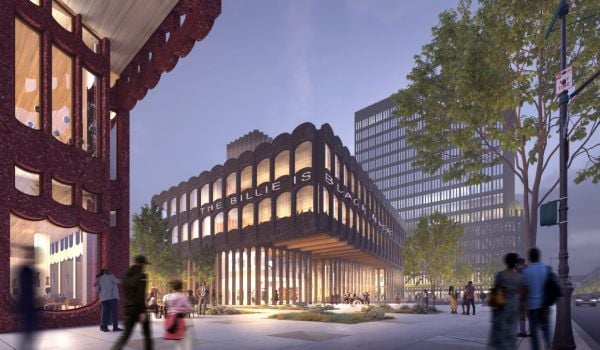In the aftermath of the uprising resulting from the police killing of Michael Brown, a young, African-American man in Ferguson, Mo., the Ferguson Commission came up with nearly 200 recommendations that could help improve the state of race relations in the St. Louis metro area. Grassroots organizations are beginning to make those recommendations come alive in neighborhoods across the region.
One of those grassroots organizations is the Dutchtown South Community Corporation, which has been around since the 1970s. Under the oversight of a 14-member plan steering committee consisting of neighborhood residents, the organization has been leading community engagement on the Gravois-Jefferson Historic Neighborhoods Plan.
The Dutchtown community is diverse. Although nearly two-thirds of the residents are black and less than a third are white, it is also nearly 10 percent Latino, a rapidly growing constituency in the neighborhood according to Amanda Colón-Smith, the organization’s executive director. As part of the planning process, Dutchtown South Community Corporation worked with Forward Through Ferguson, a racial-equity-focused organization that came out of the Ferguson Commission’s work.
“I was really excited about working with Forward Through Ferguson,” Colón-Smith says. “They would do an alignment analysis to see if a final product met with the criteria from the [Ferguson Commission] report … we have been working with them throughout, so this [racial equity lens] was applied to the process and not just to the product.”
The Gravois-Jefferson Historic Neighborhoods Plan was recently named one of the first to receive funding from Invest STL, a new regional community development collaborative formed by long-established community development corporations, regional and local banks, and the St. Louis Community Foundation.
“We wanted organizations that had a clear understanding as to the needs of the community they serve,” says Bob Herleth, Invest STL’s Director.
Rise Community Development also served as part of the Gravois-Jefferson Historic Neighborhoods planning team.
“One of the things that [Forward Through Ferguson] really encouraged us to do was to be intentional about who were doing outreach with,” says Carrick Reddin, a project manager with Rise Community Development. “So we began tracking demographic information, race, ethnicity, age, economic status, renter vs. homeowner … That way, we could see when we disaggregate that kind of input, if white folks really want to see a café and black folks really want a library. That was really important.”
Colón-Smith explains that planning processes can be biased for a variety of reasons, including that not everyone can make it to meetings. One group Reddin says didn’t initially have much representation in the planning process was young people, who make up 40 percent of the community’s population. To reach this constituency, Reddin says, one strategy was sending surveyors to the local high school lunchroom.
Another strategy: “One of the rec centers has an annual pool party and tons of people come out,” Colón-Smith says. “So, we did tabling at those events and really made sure that we went out to talk to people instead of expecting them to come to us.”
The planning team also brought paper surveys to black-owned businesses and offered gift cards to people who agreed to complete the survey. Steps like this helped to fill-in gaps in the public data sets the group had, Colón-Smith says.
Out of 314 recommendations, the steering committee asked what could be actively done to mitigate and address disparities. The committee came up with a list of 60 criteria to prioritize the projects. They prioritized three: equitability, sustainability, and feasibility.
“We heard that the needs of the community are not just about the size of the street and what the buildings look like,” says Reddin. “But it’s about health and well-being and access to jobs and opportunities for the people who live there who are under 21. It transcends parks. It’s a much more comprehensive plan than what’s often seen in this field.”
Priority recommendations include engaging and empowering the community to make the area safe and welcoming to everyone; limiting pay-day lending operations and improving access to reputable financial services; fostering access to homeownership as well as helping vulnerable residents ensure their homes are in good repair; providing year-round educational opportunities for youth; and improving access to quality healthcare.
“There isn’t a great track record of applying equity to the future of neighborhood development,” Colón-Smith says. “This is a really great model that you don’t really see: work with a steering committee to plan for prioritizing those actions afterwards,” she says
“Having organizations doing this planning work who can also serve as implementers can make sure that they can help bring the plan to life,” Reddin adds. “Some firms just do the plan and they leave. Rise isn’t going anywhere. Dutchtown South isn’t going anywhere.”
The Gravois-Jefferson Historic Neighborhoods Plan is scheduled to be considered for adoption by the City of St. Louis Planning Commission in May.
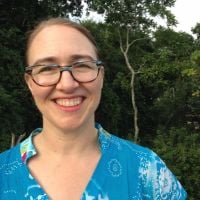
Zoe Sullivan is a multimedia journalist and visual artist with experience on the U.S. Gulf Coast, Argentina, Brazil, and Kenya. Her radio work has appeared on outlets such as BBC, Marketplace, Radio France International, Free Speech Radio News and DW. Her writing has appeared on outlets such as The Guardian, Al Jazeera America and The Crisis.
Follow Zoe .(JavaScript must be enabled to view this email address)

